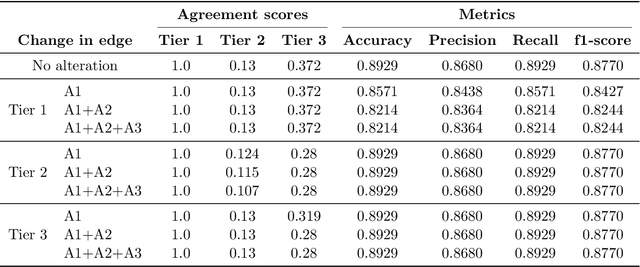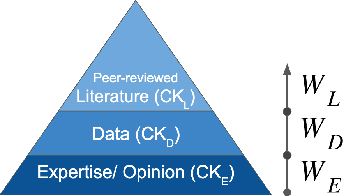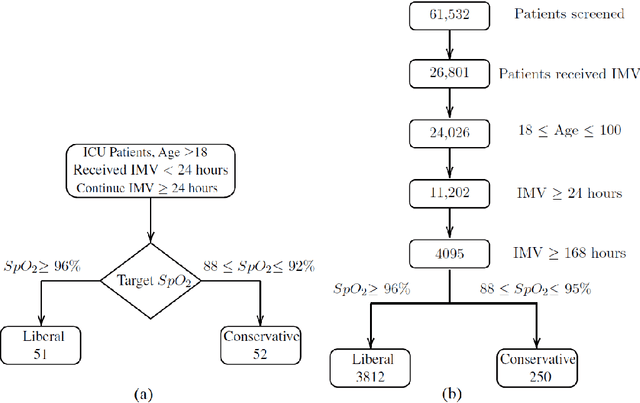Paul Griffin
Predicting Metabolic Dysfunction-Associated Steatotic Liver Disease using Machine Learning Methods
Oct 25, 2025Abstract:Background: Metabolic Dysfunction-Associated Steatotic Liver Disease (MASLD) affects ~33% of U.S. adults and is the most common chronic liver disease. Although often asymptomatic, progression can lead to cirrhosis. Early detection is important, as lifestyle interventions can prevent disease progression. We developed a fair, rigorous, and reproducible MASLD prediction model and compared it to prior methods using a large electronic health record database. Methods: We evaluated LASSO logistic regression, random forest, XGBoost, and a neural network for MASLD prediction using clinical feature subsets, including the top 10 SHAP-ranked features. To reduce disparities in true positive rates across racial and ethnic subgroups, we applied an equal opportunity postprocessing method. Results: This study included 59,492 patients in the training data, 24,198 in the validating data, and 25,188 in the testing data. The LASSO logistic regression model with the top 10 features was selected for its interpretability and comparable performance. Before fairness adjustment, the model achieved AUROC of 0.84, accuracy of 78%, sensitivity of 72%, specificity of 79%, and F1-score of 0.617. After equal opportunity postprocessing, accuracy modestly increased to 81% and specificity to 94%, while sensitivity decreased to 41% and F1-score to 0.515, reflecting the fairness trade-off. Conclusions: We developed the MASER prediction model (MASLD Static EHR Risk Prediction), a LASSO logistic regression model which achieved competitive performance for MASLD prediction (AUROC 0.836, accuracy 77.6%), comparable to previously reported ensemble and tree-based models. Overall, this approach demonstrates that interpretable models can achieve a balance of predictive performance and fairness in diverse patient populations.
Hybrid Quantum Neural Networks with Amplitude Encoding: Advancing Recovery Rate Predictions
Jan 27, 2025Abstract:Recovery rate prediction plays a pivotal role in bond investment strategies, enhancing risk assessment, optimizing portfolio allocation, improving pricing accuracy, and supporting effective credit risk management. However, forecasting faces challenges like high-dimensional features, small sample sizes, and overfitting. We propose a hybrid Quantum Machine Learning model incorporating Parameterized Quantum Circuits (PQC) within a neural network framework. PQCs inherently preserve unitarity, avoiding computationally costly orthogonality constraints, while amplitude encoding enables exponential data compression, reducing qubit requirements logarithmically. Applied to a global dataset of 1,725 observations (1996-2023), our method achieved superior accuracy (RMSE 0.228) compared to classical neural networks (0.246) and quantum models with angle encoding (0.242), with efficient computation times. This work highlights the potential of hybrid quantum-classical architectures in advancing recovery rate forecasting.
CKH: Causal Knowledge Hierarchy for Estimating Structural Causal Models from Data and Priors
Apr 28, 2022



Abstract:Structural causal models (SCMs) provide a principled approach to identifying causation from observational and experimental data in disciplines ranging from economics to medicine. SCMs, however, require domain knowledge, which is typically represented as graphical models. A key challenge in this context is the absence of a methodological framework for encoding priors (background knowledge) into causal models in a systematic manner. We propose an abstraction called causal knowledge hierarchy (CKH) for encoding priors into causal models. Our approach is based on the foundation of "levels of evidence" in medicine, with a focus on confidence in causal information. Using CKH, we present a methodological framework for encoding causal priors from various data sources and combining them to derive an SCM. We evaluate our approach on a simulated dataset and demonstrate overall performance compared to the ground truth causal model with sensitivity analysis.
Structural Causal Model with Expert Augmented Knowledge to Estimate the Effect of Oxygen Therapy on Mortality in the ICU
Oct 28, 2020



Abstract:Recent advances in causal inference techniques, more specifically, in the theory of structural causal models, provide the framework for identification of causal effects from observational data in the cases where the causal graph is identifiable, i.e., the data generating mechanism can be recovered from the joint distribution. However, no such studies have been done to demonstrate this concept with a clinical example. We present a complete framework to estimate the causal effect from observational data by augmenting expert knowledge in the model development phase and with a practical clinical application. Our clinical application entails a timely and important research question, i.e., the effect of oxygen therapy intervention in the intensive care unit (ICU); the result of this project is useful in a variety of disease conditions, including severe acute respiratory syndrome coronavirus-2 (SARS-CoV-2) patients in the ICU. We used data from the MIMIC III database, a standard database in the machine learning community that contains 58,976 admissions from an ICU in Boston, MA, for estimating the oxygen therapy effect on morality. We also identified the covariate-specific effect to oxygen therapy from the model for more personalized intervention.
A Causally Formulated Hazard Ratio Estimation through Backdoor Adjustment on Structural Causal Model
Jun 22, 2020



Abstract:Identifying causal relationships for a treatment intervention is a fundamental problem in health sciences. Randomized controlled trials (RCTs) are considered the gold standard for identifying causal relationships. However, recent advancements in the theory of causal inference based on the foundations of structural causal models (SCMs) have allowed the identification of causal relationships from observational data, under certain assumptions. Survival analysis provides standard measures, such as the hazard ratio, to quantify the effects of an intervention. While hazard ratios are widely used in clinical and epidemiological studies for RCTs, a principled approach does not exist to compute hazard ratios for observational studies with SCMs. In this work, we review existing approaches to compute hazard ratios as well as their causal interpretation, if it exists. We also propose a novel approach to compute hazard ratios from observational studies using backdoor adjustment through SCMs and do-calculus. Finally, we evaluate the approach using experimental data for Ewing's sarcoma.
 Add to Chrome
Add to Chrome Add to Firefox
Add to Firefox Add to Edge
Add to Edge